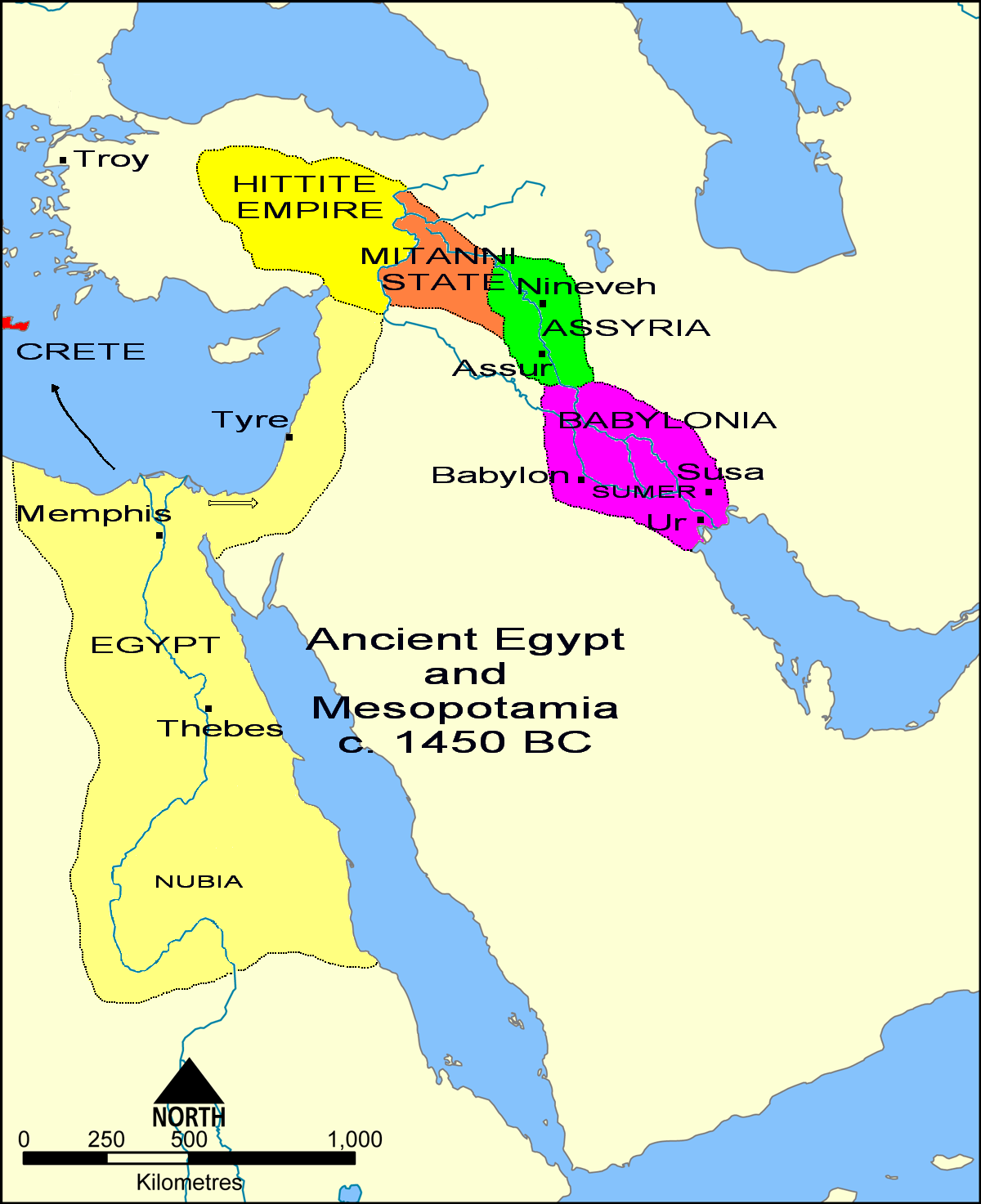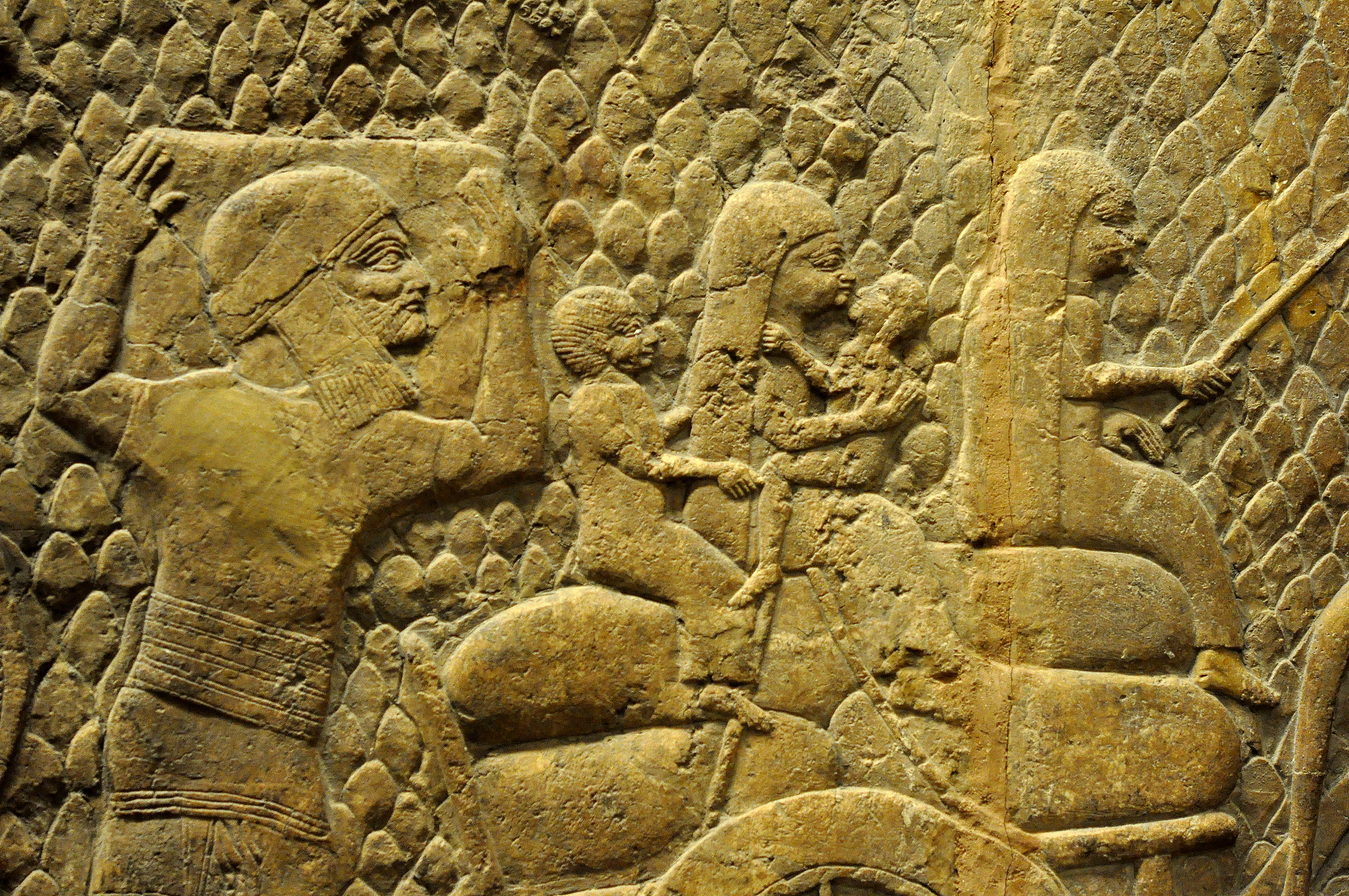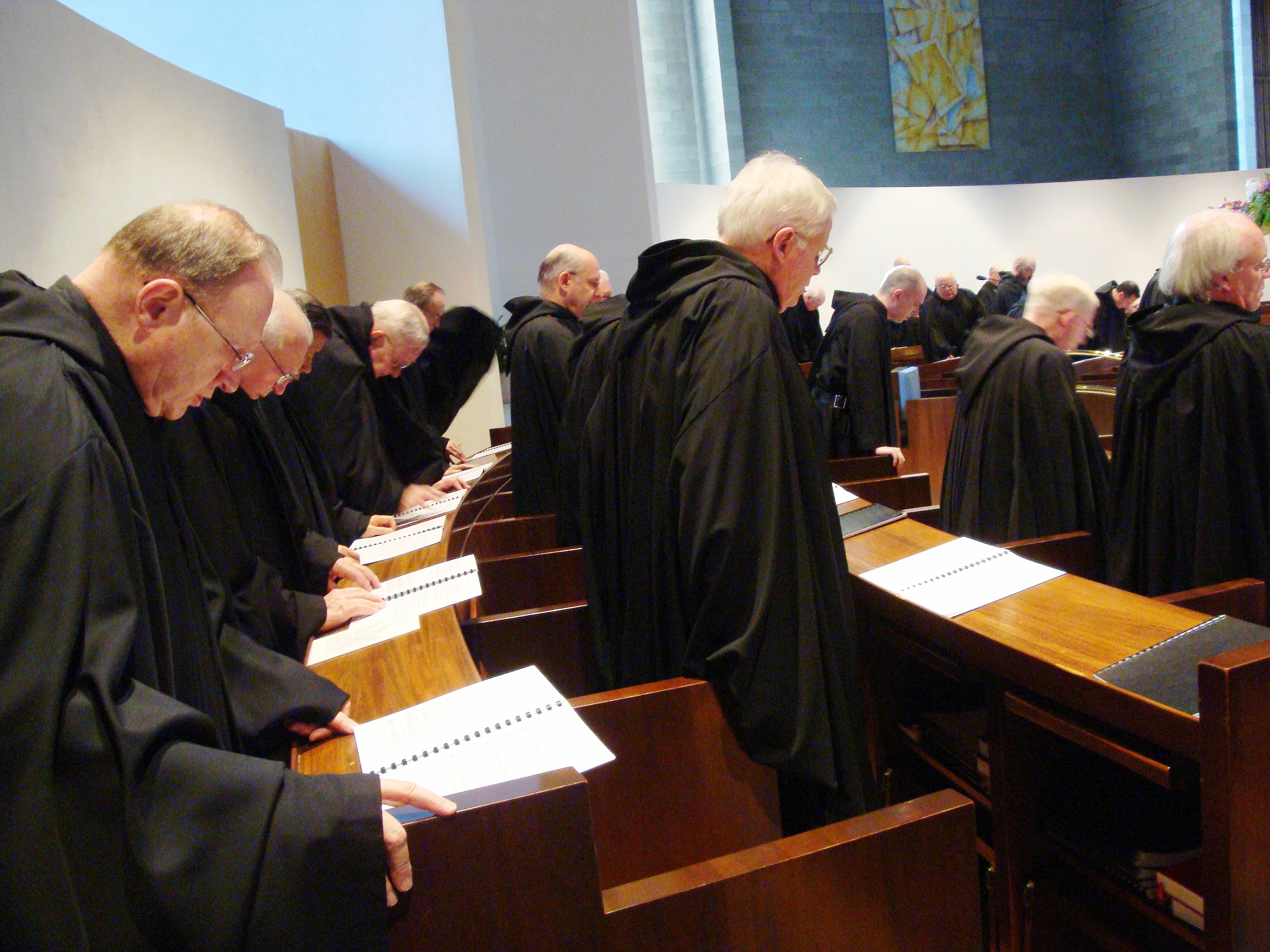|
Cheironomy
Cheironomy or chironomy is a form of music conducting, typically with choral music and choral groups (choirs), where the use of hand gestures directs musical performance. In the modern artform, conductors tend to hoist batons for indicating melodic curves and ornaments. History Early music (vocal church music), as far back as the 5th century, required some central direction from a leader in the coordination of singers in their delivery of melodic lines of mostly free rhythm. Traced back to early Egyptian performances through hieroglyphic documentation (etchings in stone depicting a leader employing hand signals to indicate pitch and rhythm details for wind instrument players), this form of conducting seems to predate Guido of Arezzo's designation of joints of the fingers for indicating pitches, and seems to have offered more than limited pitch instruction. These early leaders, or ''cheironomers'', though possessing none of the modern conducting skills developed in the 17th ce ... [...More Info...] [...Related Items...] OR: [Wikipedia] [Google] [Baidu] |
Conducting
Conducting is the art of directing a musical performance, such as an orchestral or choral concert. It has been defined as "the art of directing the simultaneous performance of several players or singers by the use of gesture." The primary duties of the conductor are to interpret the score in a way which reflects the specific indications in that score, set the tempo, ensure correct entries by ensemble members, and "shape" the phrasing where appropriate. Conductors communicate with their musicians primarily through hand gestures, usually with the aid of a baton, and may use other gestures or signals such as eye contact. A conductor usually supplements their direction with verbal instructions to their musicians in rehearsal. The conductor typically stands on a raised podium with a large music stand for the full score, which contains the musical notation for all the instruments or voices. Since the mid-19th century, most conductors have not played an instrument when conductin ... [...More Info...] [...Related Items...] OR: [Wikipedia] [Google] [Baidu] |
Hebrew Cantillation
Hebrew cantillation is the manner of chanting ritual readings from the Hebrew Bible in synagogue services. The chants are written and notated in accordance with the special signs or marks printed in the Masoretic Text of the Bible, to complement the letters and vowel points. These marks are known in English as 'accents' (diacritics), 'notes' or trope symbols, and in Hebrew as () or just (). Some of these signs were also sometimes used in medieval manuscripts of the Mishnah. The musical motifs associated with the signs are known in Hebrew as or (not to be confused with Hasidic nigun) and in Yiddish as (): the word ''trope'' is sometimes used in Jewish English with the same meaning. There are multiple traditions of cantillation. Within each tradition, there are multiple tropes, typically for different books of the Bible and often for different occasions. For example, different chants may be used for Torah readings on Rosh Hashana and Yom Kippur than for the same te ... [...More Info...] [...Related Items...] OR: [Wikipedia] [Google] [Baidu] |
Hand Gesture
A hand is a prehensile, multi-fingered appendage located at the end of the forearm or forelimb of primates such as humans, chimpanzees, monkeys, and lemurs. A few other vertebrates such as the koala (which has two opposable thumbs on each "hand" and fingerprints extremely similar to human fingerprints) are often described as having "hands" instead of paws on their front limbs. The raccoon is usually described as having "hands" though opposable thumbs are lacking. Some evolutionary anatomists use the term ''hand'' to refer to the appendage of digits on the forelimb more generally—for example, in the context of whether the three digits of the bird hand involved the same homologous loss of two digits as in the dinosaur hand. The human hand usually has five digits: four fingers plus one thumb; these are often referred to collectively as five fingers, however, whereby the thumb is included as one of the fingers. It has 27 bones, not including the sesamoid bone, the number of wh ... [...More Info...] [...Related Items...] OR: [Wikipedia] [Google] [Baidu] |
Early Music
Early music generally comprises Medieval music (500–1400) and Renaissance music (1400–1600), but can also include Baroque music (1600–1750). Originating in Europe, early music is a broad musical era for the beginning of Western classical music. Terminology Interpretations of historical scope of "early music" vary. The original Academy of Ancient Music formed in 1726 defined "Ancient" music as works written by composers who lived before the end of the 16th century. Johannes Brahms and his contemporaries would have understood Early music to range from the High Renaissance and Baroque, while some scholars consider that Early music should include the music of ancient Greece or Rome before 500 AD (a period that is generally covered by the term Ancient music). Music critic Michael Kennedy excludes Baroque, defining Early music as "musical compositions from heearliest times up to and including music of heRenaissance period". Musicologist Thomas Forrest Kelly considers t ... [...More Info...] [...Related Items...] OR: [Wikipedia] [Google] [Baidu] |
Hazzan
A ''hazzan'' (; , lit. Hazan) or ''chazzan'' ( he, חַזָּן , plural ; Yiddish ''khazn''; Ladino ''Hasan'') is a Jewish musician or precentor trained in the vocal arts who helps lead the congregation in songful prayer. In English, this prayer leader is often referred to as a cantor, a term also used in Christianity. ''Sh'liaḥ tzibbur'' and the evolution of the hazzan The person leading the congregation in public prayers is called the '' sh'liaḥ tzibbur'' (Hebrew for " emissary of the congregation"). Jewish law restricts this role to adult Jews; among Orthodox Jews, it is restricted to males. In theory, any lay person can be a ''sh'liaḥ tzibbur''; many synagogue-attending Jews will serve in this role from time to time, especially on weekdays or when having a Yartzeit. Someone with good Hebrew pronunciation is preferred. In practice, in synagogues without an official Hazzan, those with the best voice and the most knowledge of the prayers serve most often. ... [...More Info...] [...Related Items...] OR: [Wikipedia] [Google] [Baidu] |
Hebrew Language
Hebrew (; ; ) is a Northwest Semitic language of the Afroasiatic language family. Historically, it is one of the spoken languages of the Israelites and their longest-surviving descendants, the Jews and Samaritans. It was largely preserved throughout history as the main liturgical language of Judaism (since the Second Temple period) and Samaritanism. Hebrew is the only Canaanite language still spoken today, and serves as the only truly successful example of a dead language that has been revived. It is also one of only two Northwest Semitic languages still in use, with the other being Aramaic. The earliest examples of written Paleo-Hebrew date back to the 10th century BCE. Nearly all of the Hebrew Bible is written in Biblical Hebrew, with much of its present form in the dialect that scholars believe flourished around the 6th century BCE, during the time of the Babylonian captivity. For this reason, Hebrew has been referred to by Jews as ''Lashon Hakodesh'' (, ) since a ... [...More Info...] [...Related Items...] OR: [Wikipedia] [Google] [Baidu] |
Mnemonic
A mnemonic ( ) device, or memory device, is any learning technique that aids information retention or retrieval (remembering) in the human memory for better understanding. Mnemonics make use of elaborative encoding, retrieval cues, and imagery as specific tools to encode information in a way that allows for efficient storage and retrieval. Mnemonics aid original information in becoming associated with something more accessible or meaningful—which, in turn, provides better retention of the information. Commonly encountered mnemonics are often used for lists and in auditory form, such as short poems, acronyms, initialisms, or memorable phrases, but mnemonics can also be used for other types of information and in visual or kinesthetic forms. Their use is based on the observation that the human mind more easily remembers spatial, personal, surprising, physical, sexual, humorous, or otherwise "relatable" information, rather than more abstract or impersonal forms of informat ... [...More Info...] [...Related Items...] OR: [Wikipedia] [Google] [Baidu] |
New Grove Dictionary Of Music And Musicians
''The New Grove Dictionary of Music and Musicians'' is an encyclopedic dictionary of music and musicians. Along with the German-language ''Die Musik in Geschichte und Gegenwart'', it is one of the largest reference works on the history and theory of music. Earlier editions were published under the titles ''A Dictionary of Music and Musicians'', and ''Grove's Dictionary of Music and Musicians''; the work has gone through several editions since the 19th century and is widely used. In recent years it has been made available as an electronic resource called ''Grove Music Online'', which is now an important part of ''Oxford Music Online''. ''A Dictionary of Music and Musicians'' ''A Dictionary of Music and Musicians'' was first published in London by Macmillan and Co. in four volumes (1879, 1880, 1883, 1889) edited by George Grove with an Appendix edited by J. A. Fuller Maitland in the fourth volume. An Index edited by Mrs. E. Wodehouse was issued as a separate volume in 1890. ... [...More Info...] [...Related Items...] OR: [Wikipedia] [Google] [Baidu] |
Ancient History
Ancient history is a time period from the beginning of writing and recorded human history to as far as late antiquity. The span of recorded history is roughly 5,000 years, beginning with the Sumerian cuneiform script. Ancient history covers all continents inhabited by humans in the period 3000 BCAD 500. The three-age system periodizes ancient history into the Stone Age, the Bronze Age, and the Iron Age, with recorded history generally considered to begin with the Bronze Age. The start and end of the three ages varies between world regions. In many regions the Bronze Age is generally considered to begin a few centuries prior to 3000 BC, while the end of the Iron Age varies from the early first millennium BC in some regions to the late first millennium AD in others. During the time period of ancient history, the world population was already exponentially increasing due to the Neolithic Revolution, which was in full progress. While in 10,000 BC, the world population st ... [...More Info...] [...Related Items...] OR: [Wikipedia] [Google] [Baidu] |
Hebrews
The terms ''Hebrews'' (Hebrew Hebrew (; ; ) is a Northwest Semitic language of the Afroasiatic language family. Historically, it is one of the spoken languages of the Israelites and their longest-surviving descendants, the Jews and Samaritans. It was largely preserved ...: / , Modern: ' / ', Tiberian: ' / '; ISO 259-3: ' / ') and ''Hebrew people'' are mostly considered synonymous with the ancient Semitic-speaking peoples, Semitic-speaking Israelites, especially in the pre-Kingdom of Israel (united monarchy), monarchic period when they were still nomadic. However, in some instances it may also be used in a wider sense, referring to the Phoenicians, or to other ancient groups, such as the group known as Shasu, Shasu of ''Yhw'' on the eve of the Late Bronze Age collapse, Bronze Age collapse, which appears 34 times within 32 verses of the Hebrew Bible. It is sometimes regarded as an ethnonym and sometimes not. By the time of the Roman Empire, Greek ''Hebraios'' could ... [...More Info...] [...Related Items...] OR: [Wikipedia] [Google] [Baidu] |
Liturgy
Liturgy is the customary public ritual of worship performed by a religious group. ''Liturgy'' can also be used to refer specifically to public worship by Christians. As a religious phenomenon, liturgy represents a communal response to and participation in the sacred through activities reflecting praise, thanksgiving, remembrance, supplication, or repentance. It forms a basis for establishing a relationship with God. Technically speaking, liturgy forms a subset of ritual. The word ''liturgy'', sometimes equated in English as "service", refers to a formal ritual enacted by those who understand themselves to be participating in an action with the divine. Etymology The word ''liturgy'' (), derived from the technical term in ancient Greek ( el, λειτουργία), ''leitourgia'', which literally means "work for the people" is a literal translation of the two words "litos ergos" or "public service". In origin, it signified the often expensive offerings wealthy Greeks made in ser ... [...More Info...] [...Related Items...] OR: [Wikipedia] [Google] [Baidu] |
Musical Composition
Musical composition can refer to an Originality, original piece or work of music, either Human voice, vocal or Musical instrument, instrumental, the musical form, structure of a musical piece or to the process of creating or writing a new piece of music. People who create new compositions are called composers. Composers of primarily songs are usually called songwriters; with songs, the person who writes lyrics for a song is the lyricist. In many cultures, including Western classical music, the act of composing typically includes the creation of music notation, such as a sheet music, sheet music "score," which is then performed by the composer or by other musicians. In popular music and Folk music, traditional music, songwriting may involve the creation of a basic outline of the song, called the lead sheet, which sets out the melody, lyrics and chord progression. In classical music, orchestration (choosing the instruments of a large music ensemble such as an orchestra which will ... [...More Info...] [...Related Items...] OR: [Wikipedia] [Google] [Baidu] |

_-_WGA08174.jpg)




